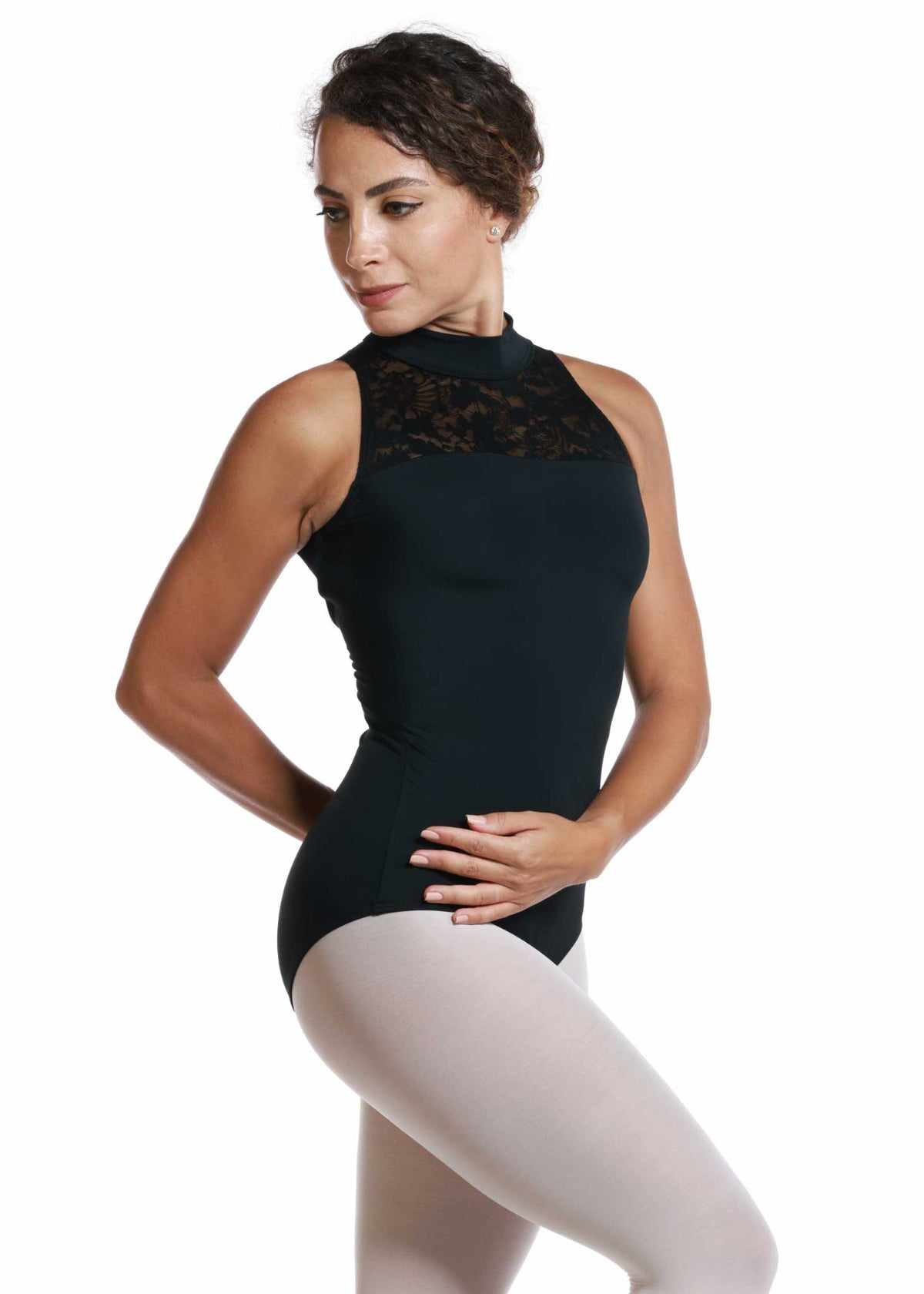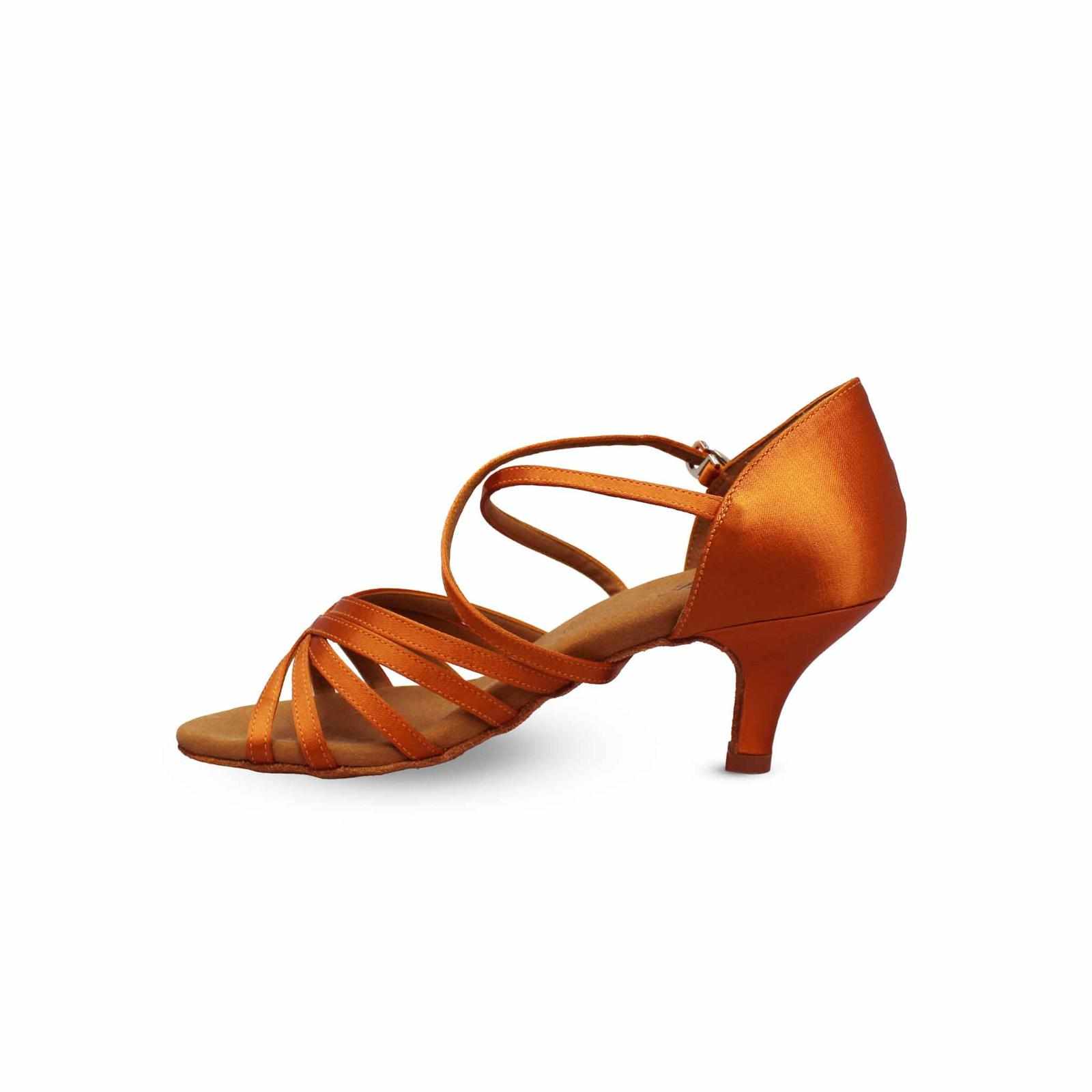Introduction to Dance Attire
Dance is an art form that demands both precision and passion, and the right attire plays a pivotal role in bringing performances to life. From the delicate grace of ballet to the fiery rhythms of Latin dance, specialized clothing and footwear enhance movement, comfort, and expression. Pre ballet clothes provide young dancers with the foundation to explore ballet’s elegance, while Latin dance shoes empower performers to master the vibrant steps of salsa, tango, and more. Together, these essentials create a seamless blend of function and style, setting the stage for unforgettable performances.
The Role of Pre Ballet Attire
For young dancers taking their first steps into ballet, pre ballet clothes are more than just outfits—they’re a gateway to confidence and discipline. These garments, typically designed for children aged three to six, prioritize flexibility and ease of movement. Soft, breathable fabrics like cotton or stretch blends allow budding ballerinas to practice pliés and stretches without restriction. Simple leotards, paired with lightweight skirts or shorts, maintain a tidy appearance while fostering a sense of unity in class. The minimalist design encourages focus on technique, helping young dancers build a strong foundation in ballet’s fundamentals.
Why Proper Dancewear Matters
The right attire does more than enhance aesthetics; it directly impacts performance and safety. In ballet, snug-fitting pre ballet clothes ensure instructors can observe posture and alignment, correcting form to prevent injury. Similarly, in Latin dance, specialized footwear is critical for executing intricate footwork. Latin dance shoes are crafted to provide the perfect balance of flexibility and support, allowing dancers to pivot, spin, and glide with precision. By investing in purpose-built dancewear, performers of all ages protect their bodies and elevate their artistry, making every step a confident one.
Features of Latin Dance Footwear
Latin dance shoes are engineered to meet the unique demands of high-energy styles like cha-cha, rumba, and samba. For women, these shoes often feature slender heels, typically between 2 and 3 inches, to enhance posture and create an elegant line. Men’s versions prioritize sturdy soles and subtle heels for stability during rapid movements. Both incorporate flexible suede or leather soles that grip the floor just enough to facilitate smooth turns without sticking. The open-toe or sleek designs not only add flair but also keep feet cool during intense routines, ensuring comfort throughout long practice sessions or performances.
Choosing the Right Dancewear
Selecting appropriate attire depends on the dancer’s age, skill level, and style. For pre ballet clothes, parents should prioritize soft, durable fabrics that withstand frequent washing and active movement. A well-fitted leotard with a secure waistband and non-slip ballet slippers ensures safety and comfort for young learners. For Latin dancers, choosing Latin dance shoes involves considering heel height, material, and fit—shoes should feel snug but not constrictive, with enough room for toes to move naturally. Trying on multiple styles and consulting with instructors can guide dancers toward choices that enhance both performance and personal style.
Balancing Comfort and Aesthetics
Dancewear strikes a delicate balance between practicality and beauty, reflecting the essence of each dance form. Pre ballet clothes often come in soft pastels or classic black, fostering a sense of tradition while allowing young dancers to feel like true ballerinas. In contrast, Latin dance shoes embrace bold designs, with metallic finishes or vibrant colors that complement the dynamic energy of Latin styles. This fusion of form and function empowers dancers to express their individuality while meeting the technical demands of their craft, creating a harmonious blend of comfort and visual appeal.
Caring for Dancewear Investments
Proper maintenance extends the life of dance attire, preserving its functionality and appearance. Pre ballet clothes should be hand-washed or machine-washed on a gentle cycle with mild detergent to protect delicate fabrics. Air-drying prevents stretching or fading, ensuring leotards and skirts remain vibrant. For Latin dance shoes, regular brushing of suede soles removes dirt and maintains grip, while leather polish keeps uppers looking sharp. Storing shoes in breathable bags and avoiding extreme heat or moisture prevents damage, allowing dancers to rely on their footwear for countless performances.
Inspiring Confidence Through Attire
The right dancewear does more than support movement—it inspires confidence and a sense of identity. For children in pre ballet clothes, slipping into a leotard can transform a class into a magical experience, fostering a love for dance that lasts a lifetime. For Latin dancers, the perfect pair of Latin dance shoes becomes an extension of their body, amplifying every step and turn with flair. By choosing attire that feels both comfortable and empowering, dancers of all levels unlock their potential, stepping onto the floor ready to shine.
Conclusion: Dance with Confidence and Style
Whether twirling through ballet or sizzling in a salsa, the right attire is a dancer’s trusted partner. Pre ballet clothes lay the groundwork for young artists to embrace ballet’s grace, while Latin dance shoes fuel the passion of vibrant Latin rhythms. These essentials blend practicality with artistry, supporting every movement while inspiring confidence and creativity. Invest in quality dancewear, care for it diligently, and let it carry you through every step, leap, and spin—because when you’re dressed for the dance, the possibilities are endless.




Write a comment ...